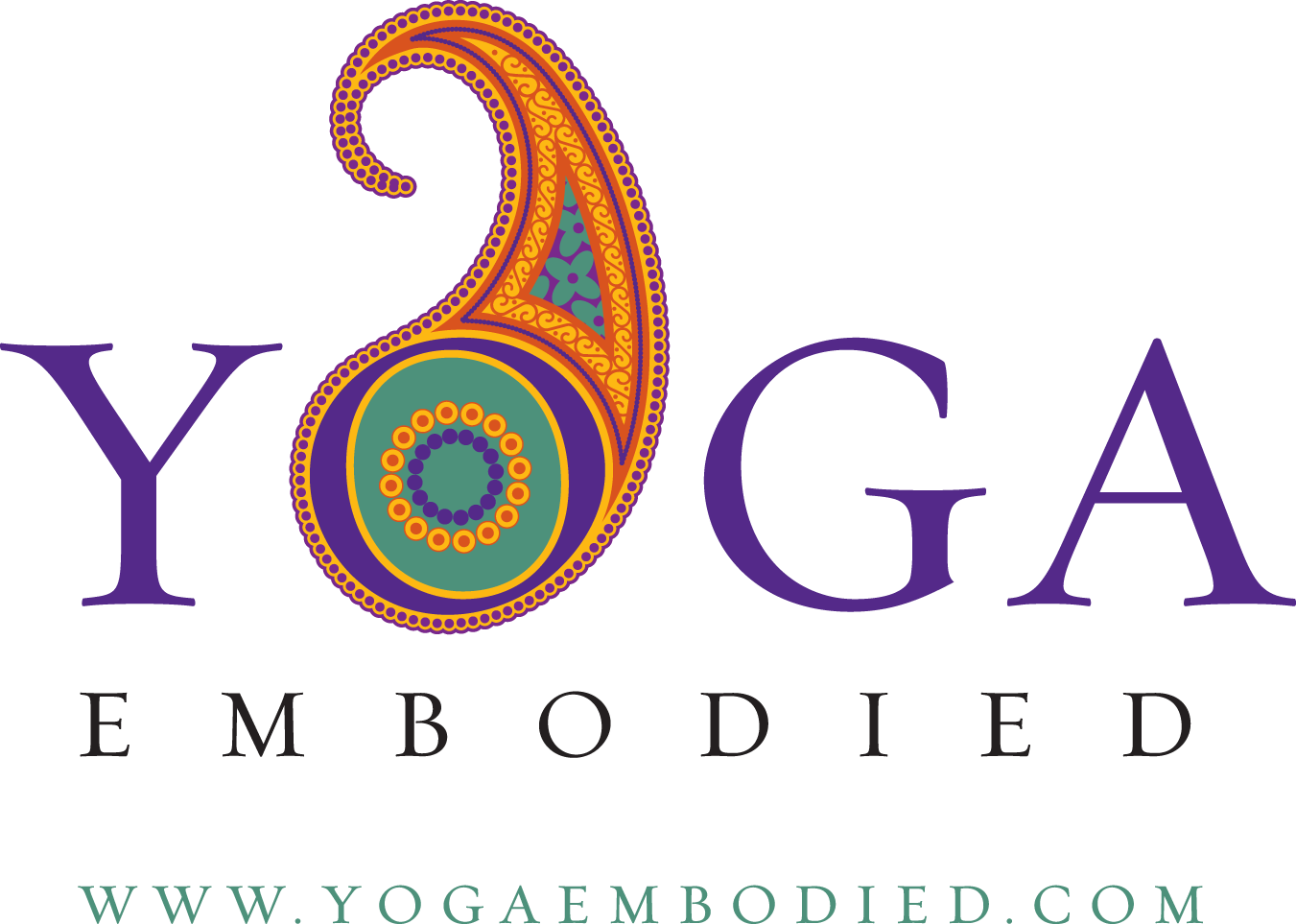Girl Power and the new Mum
In the last two blog posts we journeyed through the desire for starting or expanding our family, being pregnant and now we will be discussing Yoga after birth. You can read more about Pre/Postnatal Yoga HEREand share some of your advice on baby friendly cafe’s, shops etc on THIS Facebook note.
Birth being a natural process does not equal it do being easy and light. Labour and birth can last hours and even days. It can be tremendously exhausting. But somehow the new mother finds the strength and power to continue and birth her baby. Congratulations – that is true girl power.
In Ayurvedic texts there is a recommended 40 day period after birth where the new mother and baby can take time to bond, relax and recover. Traditionally it is a time where the mum and baby withdraw from tasks such as shopping, cooking and cleaning. The new mother needs time to rest, be there for her baby and be available to feed her/him. And the baby needs the reassurance and comfort of the mother who has carried her for the past 9 months.
Immediate after birth postnatal yoga involve plenty of relaxation. Lying down with the knees bend to relax the lower back, being aware of posture especially when feeding, and practising breathing exercises, pranayama, to improve the intake of oxygen and for staying calm and relaxed.
When the pelvic floor has started to heal the new mother can begin to focus on Kegel exercises and various pelvic floor movements (in yoga we talk about Mula Bandha, Vajroli Mudra and Ashwini Mudra). During late stages of pregnancy the pelvic floor is under a huge amount of stress and giving birth can certainly weaken the pelvic floor so much that it feels like a distant memory. Stress incontinence and a feeling of “everything is falling out” is very common. Working with breath and awareness reengage with your pelvic floor as soon as it feels safe. Please remember that exercising bruised muscles is not helpful and the pelvic floor will be bruised after a birth.
After the six week period of rest, and when your health consultant has agreed for you to be active again (usually around week 8 if you had a cesarian section), then sign up for some postnatal yoga sessions.
Now we can gently reconnect with our body and familiarise ourselves with the constant physical changes of a postnatal mother. Postnatal yoga will emphasis awareness of the pelvic floor finding ways to engage and strengthen it once again, improve posture by including stretching across the chest and strengthen the back muscles, and rediscover our core muscles – the abdominal muscles which have been stretched and weakened during the pregnancy.
Before moving into to more active exercise forms such as regular yoga classes, running or going to the gym find you pelvic floor and core again. These muscles are where you move from, extend from and create strength through to the rest of your body.
The “Core” is your physical center, your middle and your physical power. But your “Core” is also your emotional center, middle ground and your own true power. You have shared this space with your baby for nine long months and it takes time to draw it right back to yourself, your own power, in your new role as a mother – as well as your Self as a woman, wife/partner, lover, friend, sister, daughter, career woman, artist, individual…
The postnatal yoga practise can continue for as long as you like. In my open classes the babies join us until the baby starts to crawl.
When is it time to continue a regular yoga practise again? Only when you feel ready. Having a foundation of modifications and a strong awareness of your core and pelvic floor through postnatal yoga is a great start. Whilst breast feeding hormones are still making your body sensitive to “over stretching” so continue a postnatal class until you stop breast feeding or speak to your instructor before joining a class. Many women who have stopped breast feeding and had six months recovery period feel ready for a stronger yoga pracise or exercise regime.
Please inform the instructor that you are a new mum, tell him/her when you gave birth (vaginal or cesarian section) and when you stopped breast feeding as well as any complications. And know that you can use modifications, props and rest when needed.
Be gentle and loving to your self and your baby. Nurture and nourish YOU so that you have the ability to be there for yourself and your new family.
Enjoy your practise.
April 6, 2012
Blog first published on familiesonline.co.uk/yoga
